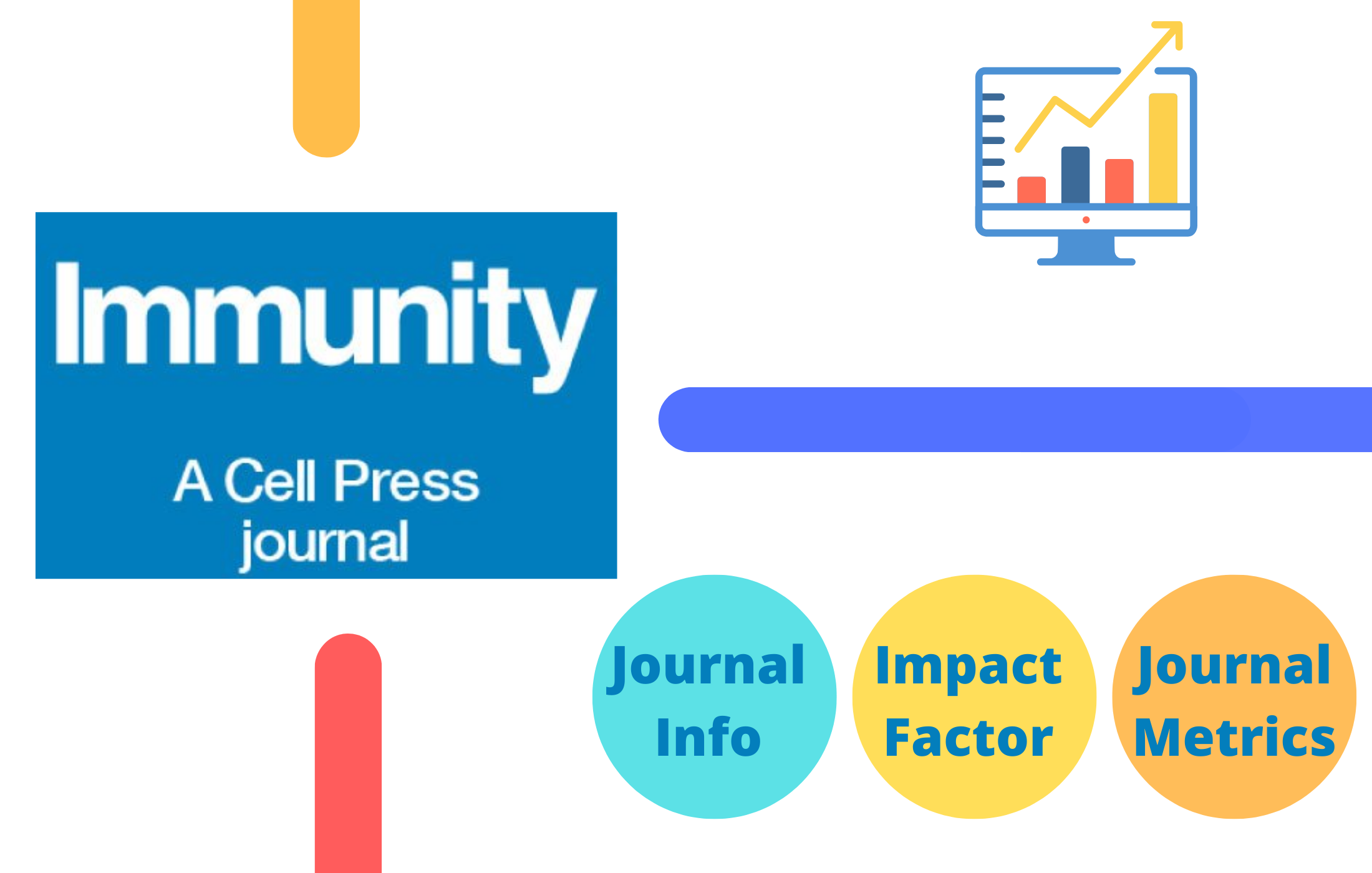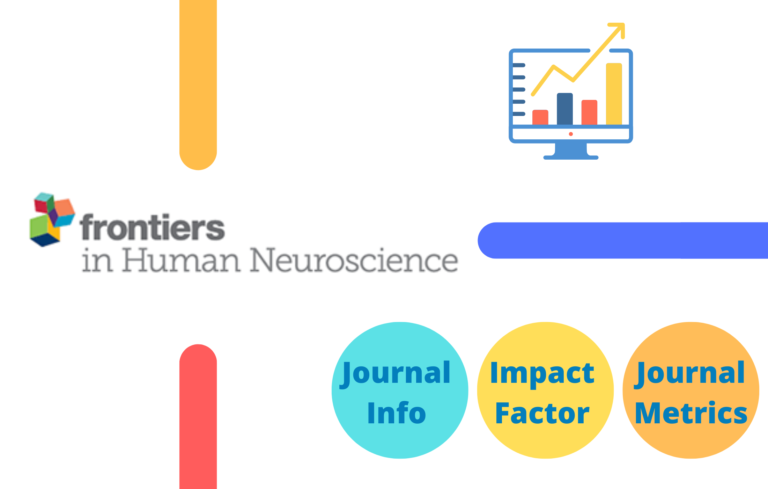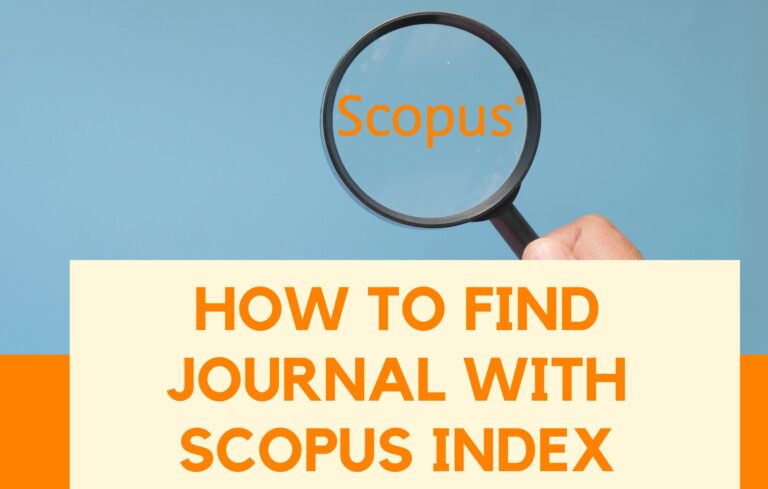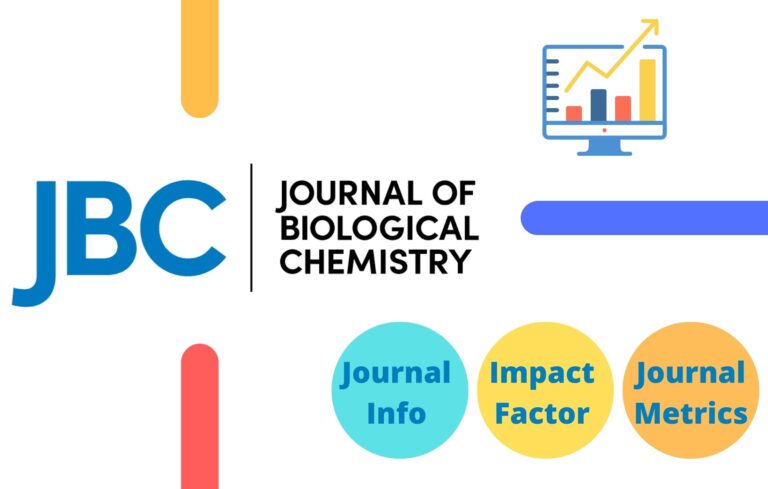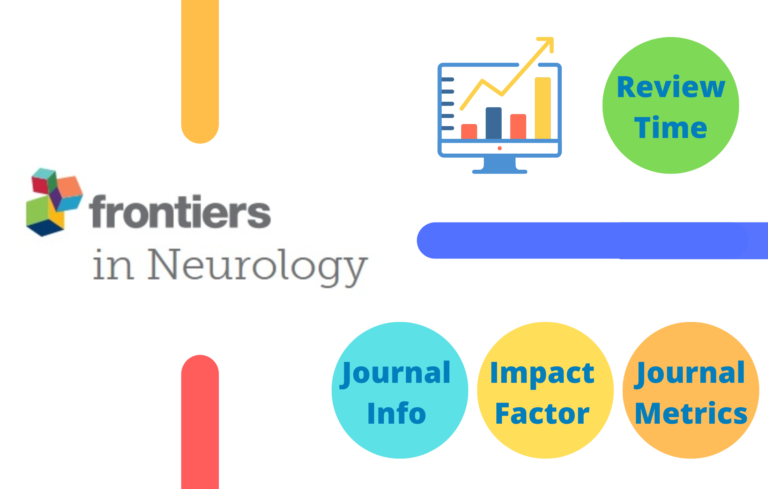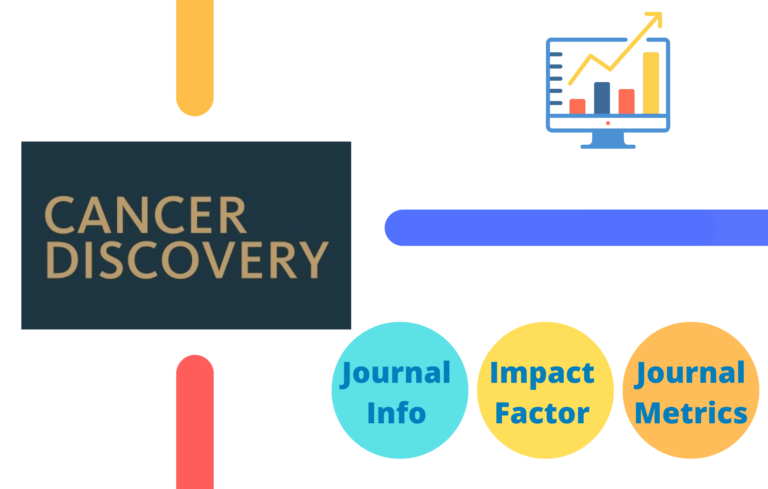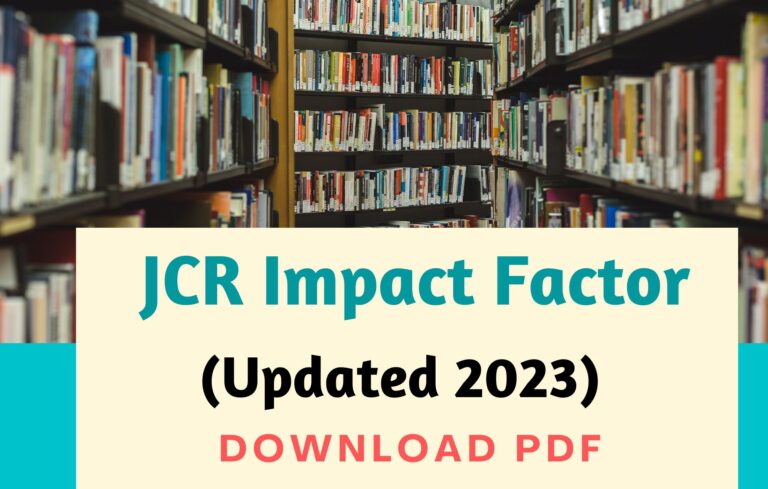Here in this post, apart from IMMUNITY Impact Factor, I have tried to compile all the necessary information a research scholar would seek before publishing an article in the journal.
About IMMUNITY Journal
Immunity publishes papers that report the most important advances in immunology research. The range of subjects includes, but is not limited to, immune cell development and senescence, signal transduction, gene regulation, innate and adaptive immunity, autoimmunity, infectious disease, allergy and asthma, transplantation, and tumor immunology.
Impact Factor of IMMUNITY
Impact Factor (IF) or often called journal impact factor (JIF) is an index provided by an analytics company named Clarivate. The impact factor is calculated by dividing the number of times the articles are cited in the last two years by the total number of publications in those two years.
For example,
- Total Citations in 2020 and 2021 = 5000
- Total Number of Publications in 2020 and 2021 = 500
- Impact Factor of the Journal in 2022 = 500/100 = 10
IMMUNITY Impact Factor (2017-2023)
- IMMUNITY Impact Factor 2017 – 19.734
- IMMUNITY Impact Factor 2018 – 21.522
- IMMUNITY Impact Factor 2019 – 22.553
- IMMUNITY Impact Factor 2020 – 31.745
- IMMUNITY Impact Factor 2021 – 43.474
- IMMUNITY Impact Factor 2022 – 32.4 (Updated June 2023)
IMMUNITY Impact Factor 2022
IMMUNITY H-index
The h index is a metric for evaluating the cumulative impact of an author’s scholarly output and performance; measures quantity with quality by comparing publications to citations.

The h index of IMMUNITY Journal is 417, which means among all the published articles in this journal, 417 of these publications have received at least 417 citations each.
IMMUNITY Journal Metrics
IMMUNITY CiteScore
CiteScore (CS) of an academic journal is a measure reflecting the yearly average number of citations to recent articles published in that journal.
| Cites / Doc. (3 years) | 2018 | 15.462 |
| Cites / Doc. (3 years) | 2019 | 15.439 |
| Cites / Doc. (3 years) | 2020 | 17.955 |
| Cites / Doc. (3 years) | 2021 | 26.143 |
| Cites / Doc. (2 years) | 2018 | 14.546 |
| Cites / Doc. (2 years) | 2019 | 13.428 |
| Cites / Doc. (2 years) | 2020 | 17.788 |
| Cites / Doc. (2 years) | 2021 | 28.272 |
IMMUNITY SCImago Rank
The SCImago Journal Rank (SJR) indicator is a measure of the scientific influence of scholarly journals that accounts for both the number of citations received by a journal and the importance or prestige of the journals where the citations come from.
| Year | SCImago Journal Rank (SJR) |
|---|---|
| 2018 | 11.299 |
| 2019 | 11.977 |
| 2020 | 14.286 |
| 2021 | 14.075 |
IMMUNITY Editorial Board Members
- Chief Editor | Peter T. Lee
- Deputy editor | Fabiola Rivas
- Scientific editor | Jodi Gullicksrud, Bruce Koppelman, Kavitha Scranton
- Other Editorial Members
IMMUNITY Publication Fee
IMMUNITY is an open-access journal. The publication fee for IMMUNITY is £7,130, €7,960, $8,900
IMMUNITY Review Time
IMMUNITY prioritizes rapid publication and uses single-blind peer review, which is standard across Cell Press journals.
| Initial decision to review | 3–5 days after submission |
| Decision after review | 3–4 weeks after submission |
| Anticipated timeframe for suggested revisions | 2–3 months (with flexibility if needed) |
| Time to online publication | 3–5 weeks after acceptance |
| Time to print publication | Within 3 months of acceptance |
IMMUNITY Reference Style
Please use the style shown below for references. Note that each reference should contain only one citation, and “et al.” should be used only after ten authors. The CSL and EndNote styles can be found by searching the journal name.
Article in a periodical: Sondheimer, N., and Lindquist, S. (2000). Rnq1: an epigenetic modifier of protein function in yeast. Mol. Cell 5, 163–172. 10.1016/S1097-2765(00)80412-8.
Article on a preprint server or other repository: De Virgilio, C., Hatakeyama, R., Péli-Gulli, M.-P., Hu, Z., Jaquenoud, M., Osuna, G.M.G., Sardu, A., and Dengjel, J. (2018). Spatially distinct pools of TORC1 balance protein homeostasis. Preprint at Mendeley Data, 10.17632/m9s42s94fc.1.
Article in a book: King, S.M. (2003). Dynein motors: Structure, mechanochemistry and regulation. In Molecular Motors, M. Schliwa, ed. (Wiley-VCH Verlag GmbH), pp. 45–78.
An entire book: Cowan, W.M., Jessell, T.M., and Zipursky, S.L. (1997). Molecular and Cellular Approaches to Neural Development (Oxford University Press).
Websites: United Nations. Goal 7: Ensure access to affordable, reliable, sustainable and modern energy for all. https://www.un.org/sustainabledevelopment/energy.
IMMUNITY Endnote Style
You can download the IMMUNITY Endnote Style and IMMUNITY Zotero Style
IMMUNITY Abbreviation
The ISO 4 standard abbreviation for abstracting, indexing and referencing purposes of IMMUNITY is “Immunity“
IMMUNITY Acceptance Rate
The acceptance rate of a journal is the ratio of the number of articles submitted to the number of articles published.
The average acceptance rate of IMMUNITY journal is 25%
IMMUNITY Indexed in
Science is indexed in Scopus, SCImago, Web of Science, and UGC journal ranking



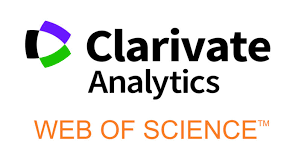
Read More
